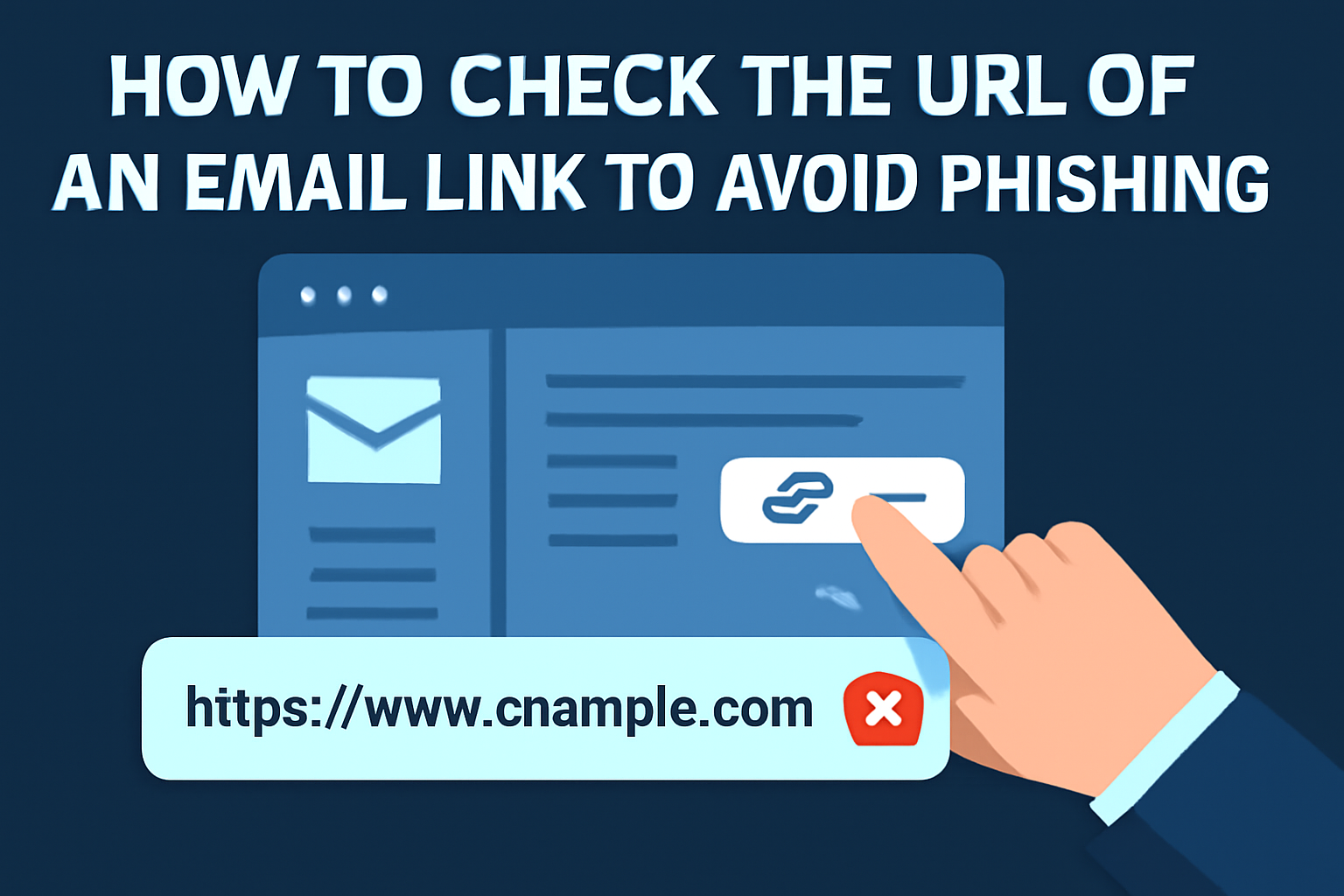How to Shorten URLs and Add Retargeting Pixels to Maximize Your Marketing Strategy
In today’s digital landscape, where attention spans are shorter than ever, marketers need to be strategic with their content. One crucial element in streamlining and enhancing your online marketing efforts is shortening URLs and utilizing retargeting pixels. These two powerful techniques can significantly improve your ability to measure engagement, drive conversions, and ultimately, make your digital campaigns more effective.
A URL shortening tool can take a long and cumbersome link, often with multiple parameters and tracking codes, and turn it into a short, clean URL. It’s not only visually appealing but also more user-friendly, especially in contexts like social media posts, emails, or any other form of digital communication. On the other hand, retargeting pixels—small pieces of code that track visitor activity—enable you to re-engage with users who have previously interacted with your site. Together, these tactics offer a tremendous advantage in refining marketing strategies and boosting ROI.
The Power of Shortened URLs
Long URLs can look unwieldy and even unprofessional in emails or advertisements. They also take up valuable space, especially in platforms with character limits, like Twitter. The use of shortened URLs addresses these challenges. When you shorten a URL, you’re left with a clean, concise link that is easier for users to click, share, and remember. Additionally, shortening a URL can enhance the branding of your link, making it recognizable, trustworthy, and more likely to be clicked on.
By shortening your URLs, you not only improve the aesthetic and user experience but also gain valuable insights. Many URL shortening tools come with built-in analytics that allow you to track the number of clicks, user location, device type, and more. This data is vital in assessing the performance of your content and understanding what resonates with your audience.
Additionally, shortening URLs can enhance social sharing. Long URLs may be cut off or break when shared, causing frustration among users and potential loss of traffic. With a shortened link, this issue is eliminated, allowing for a smooth user experience across all platforms.
When you create a link that is easy to share and understand, it increases the likelihood that your audience will engage with your content. Furthermore, shortened URLs provide the flexibility to create customized links that reflect your brand identity. Custom short links can feature your brand name or keywords relevant to your content, making the link more memorable and meaningful for users.
Shorten URL for Retargeting Strategy Integration
Now that we understand how URL shortening can enhance the user experience, it’s time to dive into how you can pair shortened URLs with a retargeting strategy. Retargeting pixels are invaluable when it comes to staying top of mind with potential customers. By placing a pixel on your website, you can track users who visit specific pages, interact with your content, or take particular actions (such as adding items to their cart without completing the purchase). This allows you to send targeted ads back to those individuals as they continue browsing the web, significantly increasing the chances of conversion.
When you integrate retargeting pixels into your shortened URLs, you can create a seamless and highly personalized marketing experience. Retargeting works by serving ads to users who have already shown interest in your product or service, making them far more likely to convert compared to first-time visitors. The combination of URL shortening and retargeting provides you with a two-pronged approach to drive engagement and conversions.
Let’s consider an example: You’re running an ad campaign on social media, and you’ve included a shortened URL in your post or ad. When someone clicks that link and visits your website, they trigger the retargeting pixel. Later, when they browse other sites or social media platforms, they’ll be served an ad reminding them of your product or service. This process works even if the user didn’t initially convert, giving you a second (or third) chance to close the deal.
This integration allows for a level of precision in targeting that was previously unavailable. Not only do you know who is clicking your links, but you can also target users based on their specific behaviors and interests. Whether it’s showing them a product they viewed earlier, offering a discount to encourage a purchase, or promoting similar items, retargeting pixels allow you to tailor your marketing efforts based on user intent and interaction.
Benefits of Retargeting Pixels
- Improved Conversion Rates: Retargeting is one of the most powerful tools in boosting conversion rates because it targets users who have already shown interest in your brand. By reminding them of your product or offering incentives, you significantly increase the likelihood of converting them into customers.
- Cost-Effective Marketing: Since you’re targeting a highly engaged audience, retargeting campaigns often have a lower cost-per-conversion. You’re not casting a wide net and hoping for the best—you’re engaging with people who are already familiar with your brand and are more likely to take action.
- Increased Brand Visibility: Even if a user doesn’t convert right away, retargeting ensures that your brand remains visible. This repeated exposure can increase brand awareness and improve recall over time, leading to higher conversion rates in future interactions.
- Personalization: Retargeting allows you to serve highly personalized ads to users based on their previous behavior. This level of customization makes your ads more relevant, which in turn increases the chances of a user engaging with your offer.
- Seamless Integration with Other Marketing Channels: Retargeting can be integrated with other digital marketing efforts such as email marketing, social media advertising, and display ads. This consistency across channels ensures that your message reaches the user wherever they are on the internet.
How to Implement URL Shortening and Retargeting Pixels
Step 1: Create a Shortened URL
There are several platforms that provide URL shortening services. Start by inputting the long URL into the shortening tool, and within seconds, you’ll have a much shorter, more shareable link. Many URL shorteners offer options to create custom short links, which can make your URLs more branded and meaningful. Ensure that the shortened URL is concise, easy to remember, and properly redirects to the desired destination.
Step 2: Add the Retargeting Pixel to Your Website
The next step is to add a retargeting pixel to your website. Depending on the platform you’re using for your ad campaigns (such as social media platforms, Google Ads, or others), you’ll need to place a small snippet of code on your website to track visitors. This pixel will track user behavior, allowing you to retarget them later on.
Once the pixel is in place, you can set up specific actions and triggers that will prompt ads to appear to users who have interacted with your website. For example, you may set it so that users who viewed a particular product on your site will see an ad for that same product, or you may want to retarget users who abandoned their shopping carts.
Step 3: Track and Analyze the Results
After launching your campaign with shortened URLs and retargeting pixels in place, it’s essential to monitor the performance of your links and ads. Analyze click-through rates (CTR), conversion rates, and other key metrics to see how well your campaigns are performing. By leveraging the insights you gain from this data, you can refine your strategies and optimize future campaigns.
Conclusion
URL shortening and retargeting pixels are powerful tools that can take your digital marketing efforts to the next level. With shortened URLs, you can create cleaner, more user-friendly links that are easy to share and track, while retargeting pixels help you stay top of mind with potential customers and increase conversion rates. When used together, these techniques can provide a comprehensive strategy that maximizes engagement and boosts ROI.
If you’re looking to simplify and enhance your marketing efforts, incorporating these tools into your strategy will help you achieve your goals more efficiently. To get started and explore these options further, visit https://shortenworld.com/.



